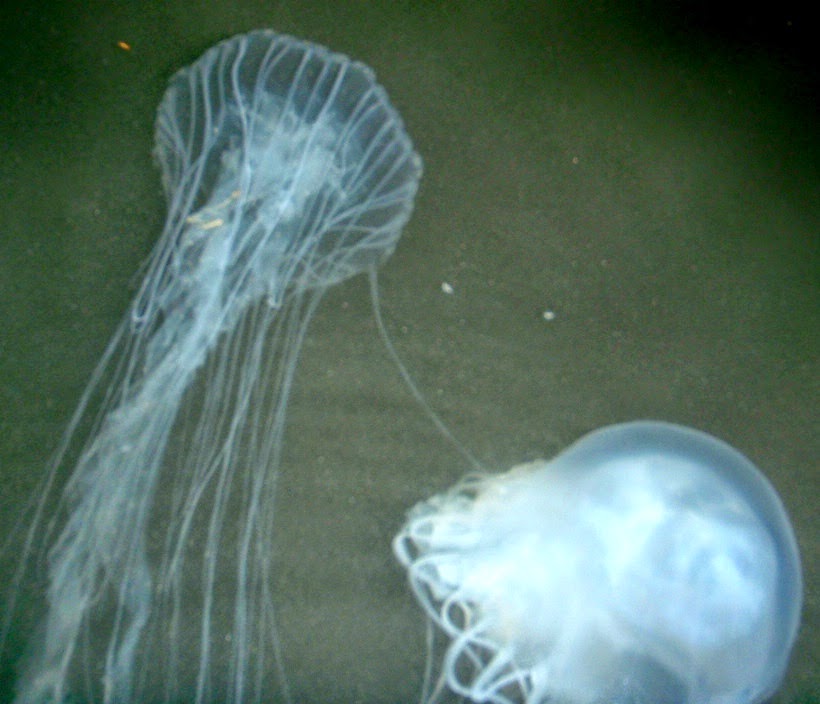(First posted last March, but as I see more and more children falling part, worth posting again.)
Anomie.
A total of 13%–20% of children living in the United States experience
a mental disorder in a given year, and surveillance during 1994–2011
has shown the prevalence of these conditions to be increasing.
"Mental Health Surveillance Among Children — United States, 2005–2011"One in
One in 6 children "experience a mental disorder in a given year." We know
something is wrong.
The brain we have, the one that got us through untold generations of the folks before us, does not change because a few of us now worship the global economy. What has kept us alive for millions of years has been paying attention, close attention, to the earth we (literally) walk upon.
The hormones that surge through us now and the thousands of generations before us responded to real threats, real people that shared the air we breathed. Now we seek our lusts through flat screens, manipulated by strangers, and we respond with symphonic surges, weaving dopamine and oxytocin, cortisol and adrenaline as we wile away our time, emptying our wallets and our souls.
Arne Duncan wants us to train our children for the global economy, an oxymoron. I want to teach our children how to live happy lives right here in Bloomfield, or wherever else they lay down their roots.
I do not teach 21
st century learners, I teach human children.
I do not teach biology as a discipline
per se, I share with young humans our connections to the earth, the air, the water, and the organisms around us.
Until a child knows the life in her neighborhood, under her feet, in her very gut, teaching biology as just another mandated high school course is a waste of her time and mine.
We plant a lot in our classroom--most of the plants do not do well, not at first. Still, the seeds and the pots are available every day, and a few students persist. Right now there's some lettuce, one carrot, about a dozen basil plants, and several pea plants wending their way up makeshift wooden stakes.
And in our specialized, detached world, even something as simple as planting a seed has become "professionalized"--another sign that we have lost our way.




















